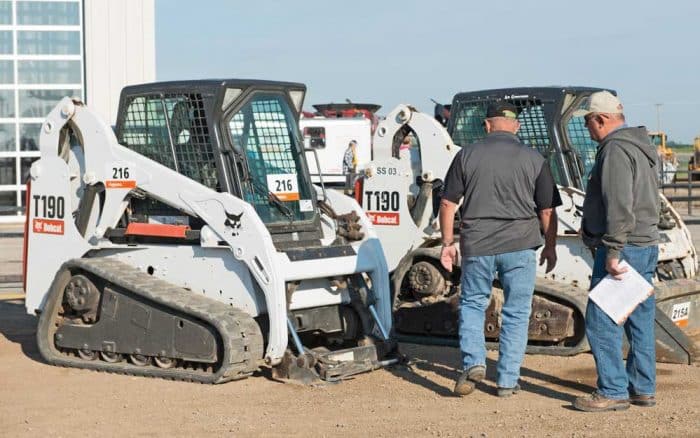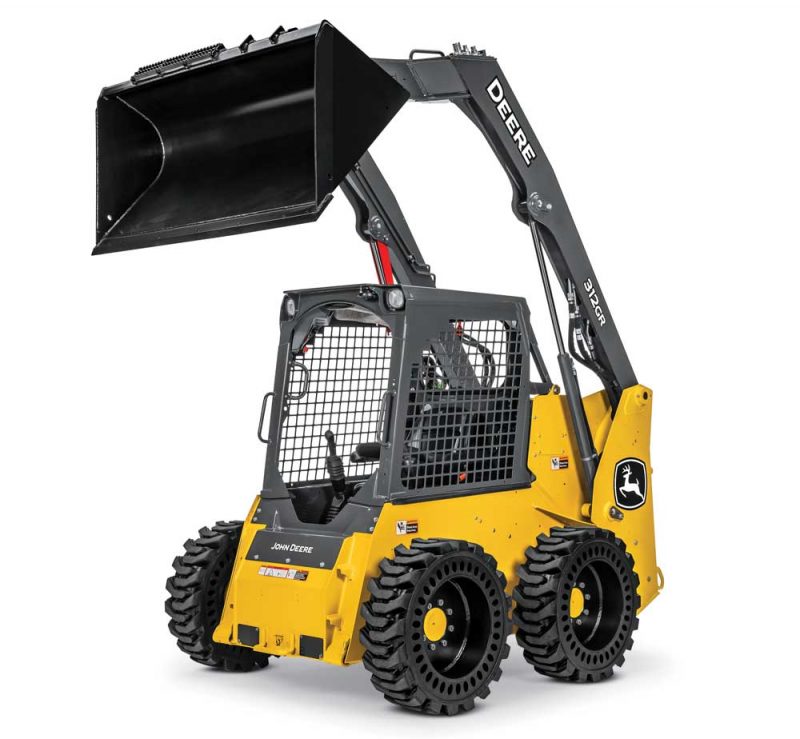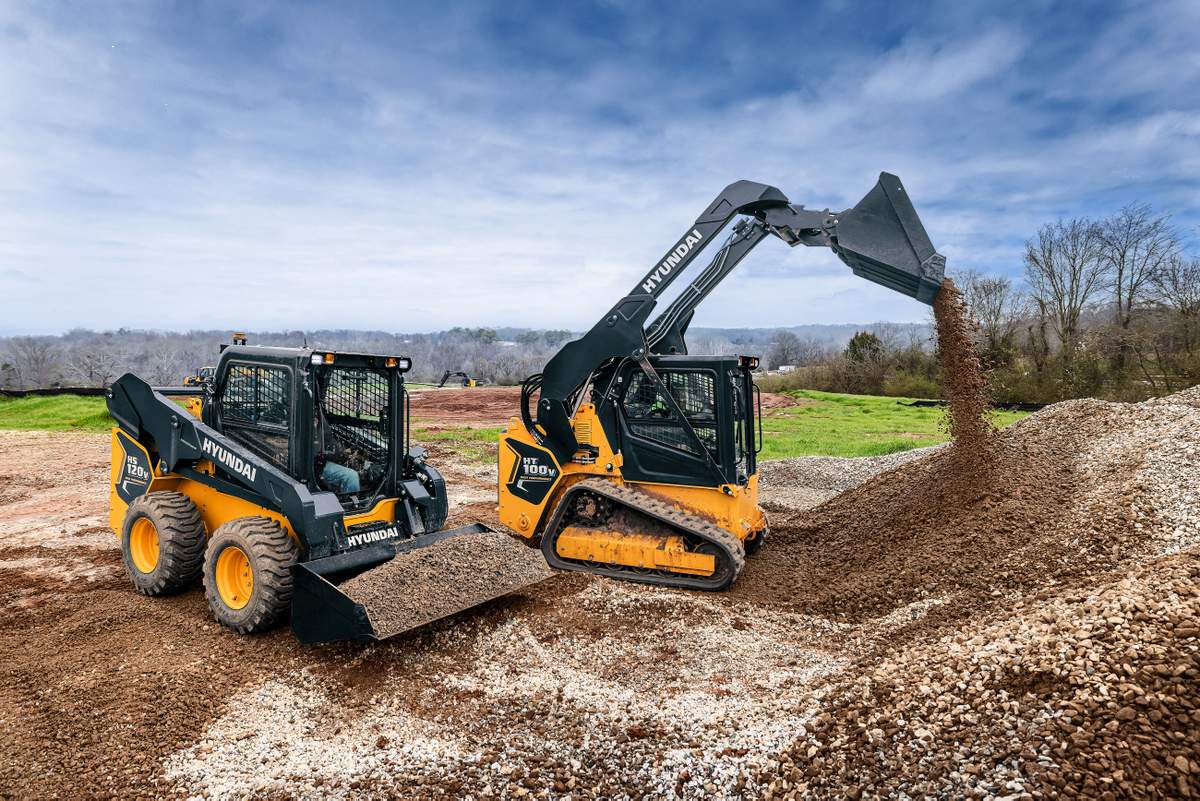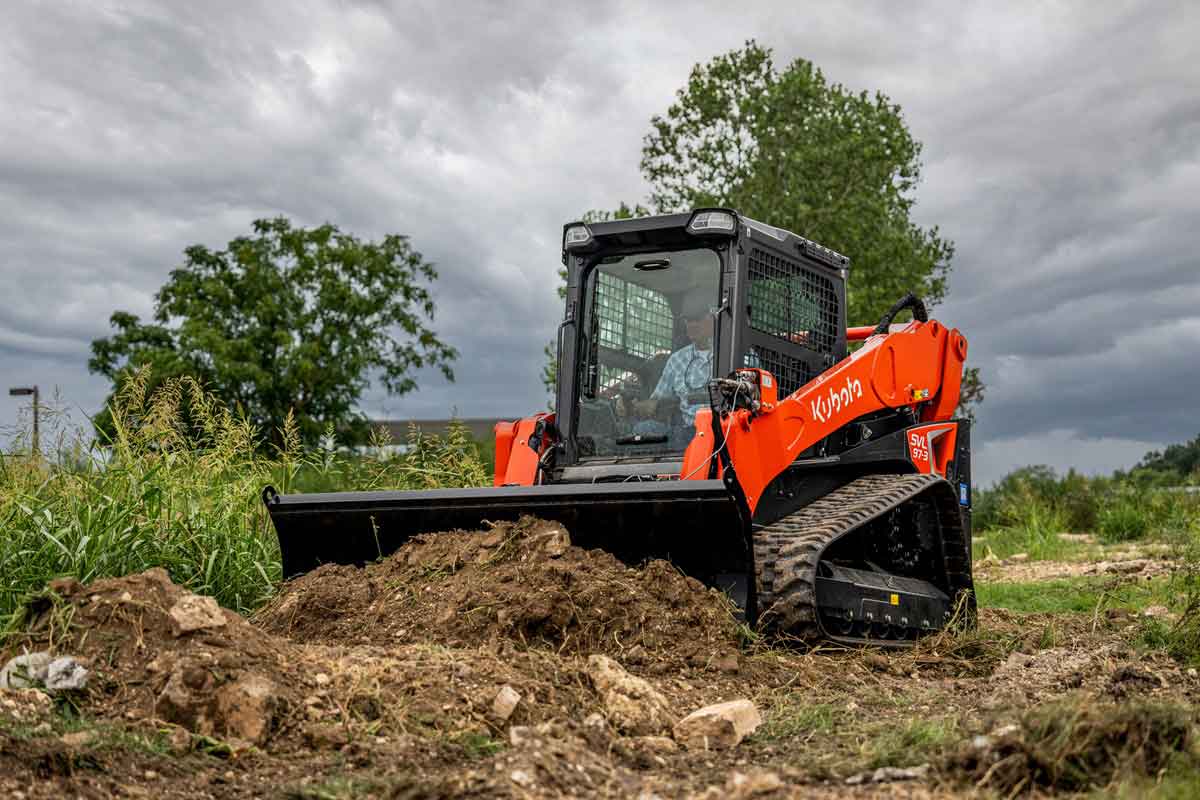Purchasing Preowned: Tips for Buying a Used Skid Steer or Compact Track Loader

There are a lot of skid steers and track loaders bought and sold every year, but all those units aren’t necessarily fresh off the factory floor. “The new equipment skid steer and compact track loader industry sees about 100,000 units sold annually,” says Gregg Zupancic, product marketing manager with John Deere Construction and Forestry, “but it’s also estimated that another 50,000 units are sold on the used market each year.”
Previously owned or used skid steers and track loaders are popular alternatives for pros looking to reduce investment costs, avoid that initial depreciation of newly purchased equipment and still find a great loader tool carrier. There are a lot of options. Visit your local dealer or, even easier, plug in “used skid steer” into any internet search engine, and you will be presented with thousands of options for preowned loaders. Right now, Ritchie Bros. has more than 1,000 used skid steer and track loaders for sale through Ritchie Bros. Auctioneers, IronPlanet and Marketplace-E sales solutions. “Over the past 12 months, we’ve sold more than 5,700 skid steer and multi-terrain loaders through our live onsite auctions alone or approximately 15 per day,” explains Doug Olive, senior vice president of pricing at Ritchie Bros.
Along with those used equipment websites and live auctions from the likes of Ritchie Bros., dealers and rental lots also offer interesting used equipment opportunities.
“John Deere has its own used equipment division that John Deere dealers can leverage to help customers find the right piece of equipment for their job,” says Zupancic. “John Deere’s Equipment Remarketing Services team will help dealers lead customers to used equipment. That equipment will be certified by John Deere to help give a customer peace of mind on the machine.”
These are all good alternatives, but it will take more than scrolling through listings, finding financing and promising certifications to pick the right used loader for your operations. For the sake of brevity, let’s assume that you have a general idea of what size, brand and type of loader you want, understanding options like tracks vs. wheels, radial vs. vertical, standard vs. high flow, cab vs. ROPS, etc. You’ve already done that research, and you’ve found a few models to inspect. Now what? More analysis!
“I think it’s important to do as much research as possible on any equipment you’re looking to purchase,” says Olive. “Also, research the company you’re buying from. Make sure the company provides info so you can do research online, review inspection reports, maintenance records and any high-res photos provided. If you’re able to see the equipment in person, inspect all aspects of the machine. Most companies offer oil sampling, which is a great way to understand the health of the hydraulics too.”
The most basic benchmark will be hours used. Did the previous owner operate the loader all day long, every week? Operational life for a skid steer or track loader can surpass 5,000 hours if cared for properly, but hours can be deceiving. A low-hour poorly serviced skid steer might not be as productive as a high-hour pristinely maintained loader. This makes inspection important. The degree of the inspection can depend on factors like age of the loader, reputation of the seller and various certifications. A routine/basic inspection could include the condition of tires, tracks or undercarriage, eyeballing belts and hoses and looking for leaks, signs of damage or unusual wear and tear. Low fluid levels, leaks, un-greased pins and dirty air filters may indicate the machine has an issue or has not been properly maintained over its life. For older units with higher hours, oil and hydraulic fluid samples should be taken to check for any contaminants or system problems. When checking all these systems and parts also make sure the manufacturer still supports that unit with those systems and those parts.

The thoroughness of the inspection should also be adjusted based on both the previous applications of the unit and the weather and geographical conditions the machine has been exposed to. The more severe the environment, the more thorough the inspection needs to be. For example, consider a track loader doing forestry work or a skid steer doing snow removal and how the inspection process could evolve depending on those specific applications.
An onsite demonstration or evaluation of a machine can always add that physical assurance. Use three points of contact and get into the cab. How does it look? Is the seat cracking? Are the operation and warning lights working? Does the seat belt still fasten? Fire up that engine. How does it sound? Are there loud knocks and rattling? How does it run? Make sure it doesn’t lose power at odd intervals or overheat. Check the lights. Honk the horn. Rattle the ROPS. Take your time and review the unit like a mechanic.
Maintenance and service records are always a big bonus. “If the dealer was doing regular service for the previous owner then they would be able to provide a history of that machine, which is a benefit of buying used from a Deere dealer,” says Zupancic. Also know the state of the warranty. Does it still have the original warranty or maybe even a new warranty provided by the seller? Lots of big brands like John Deere may include warranty, service and parts on a used unit. Just for some perspective, what’s everyone buying these days?
“In 2020, we’ve already sold more than 2,500 skid steer and multi-terrain loaders, with the most commonly sold models being the Cat 259D, Bobcat T590 and Cat 289D,” says Olive. “We’ve seen tracked units have taken over wheeled units in the past five years due to their versatility on different types of ground conditions.”
Inspection Checklist
Paint, Rust and Appearance
- Frame cracks or welds (look under the machine)
- Tire condition
- Track/undercarriage condition
- Hydraulic hoses
- Hydraulic controls
- Seating
- Seat belts
- Steering
- Front axle condition
- Parking brake
- Battery and cables
- Lights, if equipped
- ROPS/canopy
Engine
- Starting easy or hard
- Power to cycle the loader
- Smoke/no smoke
- Hoses, belts and radiator
- Air cleaners and filters
- Oil level and appearance
Transmission
- Noisy or quiet
- Power
- Oil appearance
Loader Arms
- Cracks or welds
- Cylinders and pins
- Bucket and bucket teeth
- Boom hinge points loose or tight
- Boom pivot loose or tight




